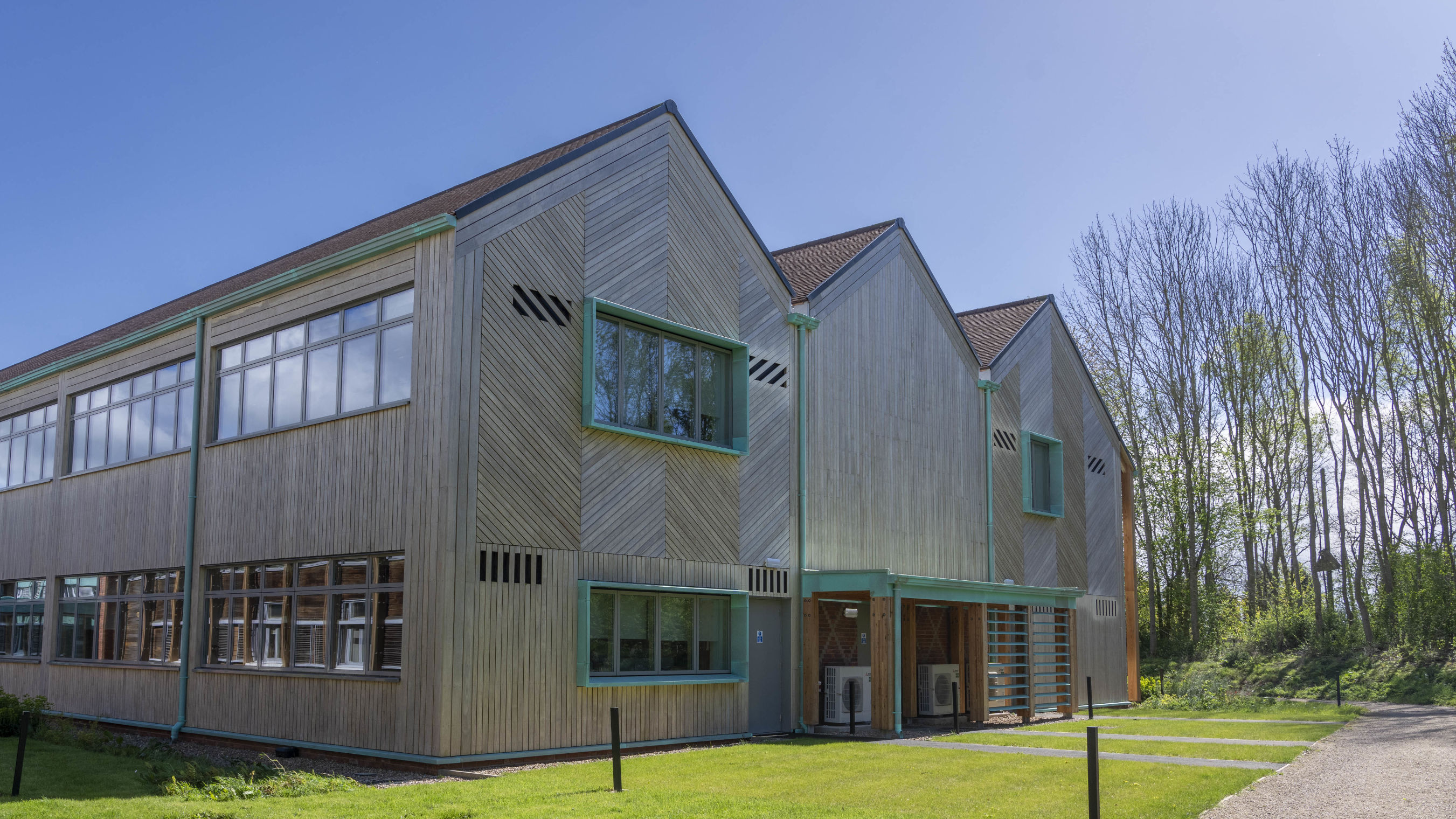
In the world of video game development, Rare is a true veteran. With nearly four decades of history, the Leicestershire-based software company was set up in 1985 by the Stamper Brothers, who had earlier founded Ultimate Play the Game, one of the preeminent game developers of the 8-bit home computer era.
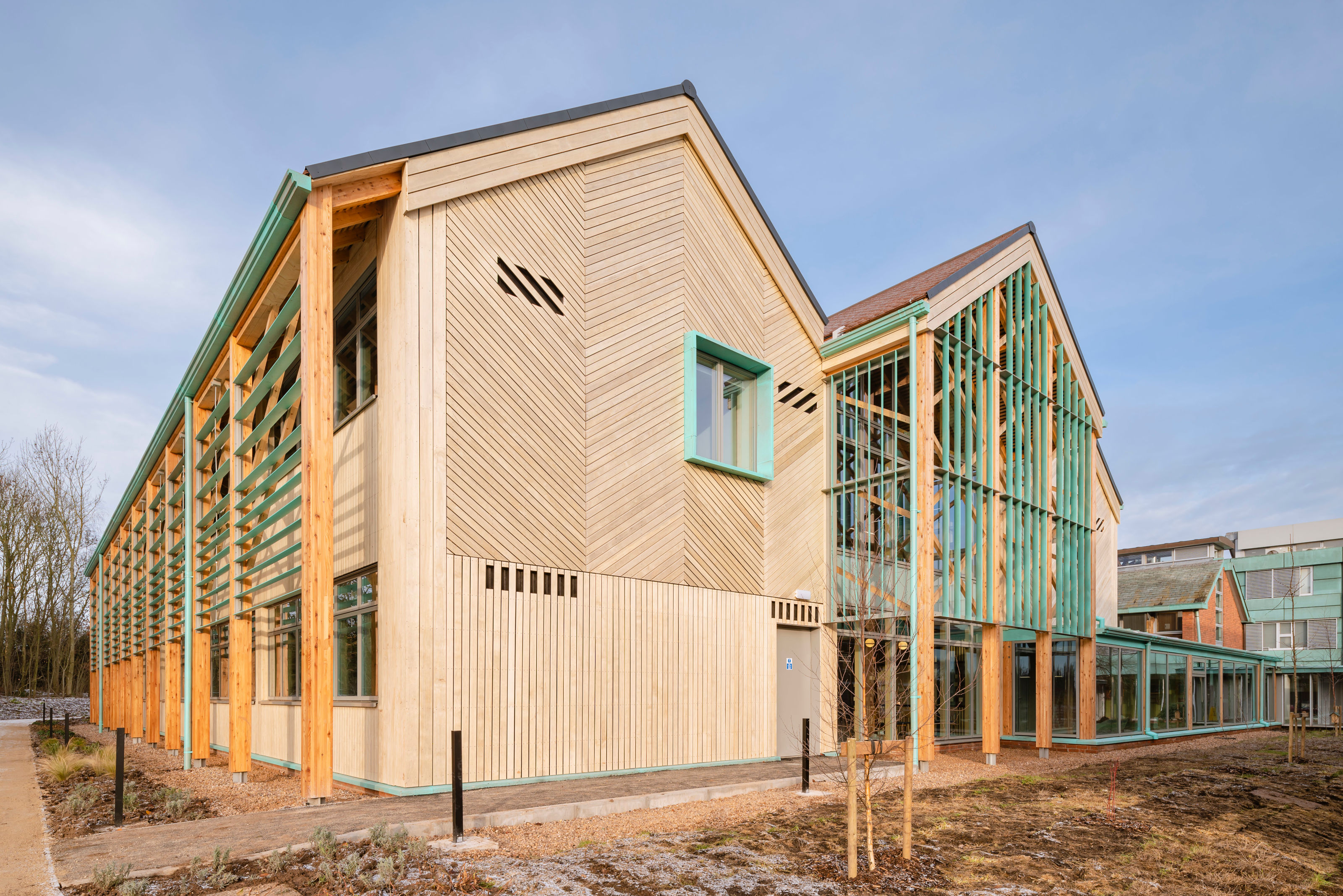
A subsidiary of Microsoft since 2002, Rare is now an Xbox-only studio, working on titles like Perfect Dark Zero and the swashbuckling online multiplayer game Sea of Thieves (which will become the company’s first PlayStation title this April), as well as the forthcoming Everwild. Late in 2023, the company expanded its development division into a bespoke new building, Barn X, a rare example of a LEED Gold-certified small office building.
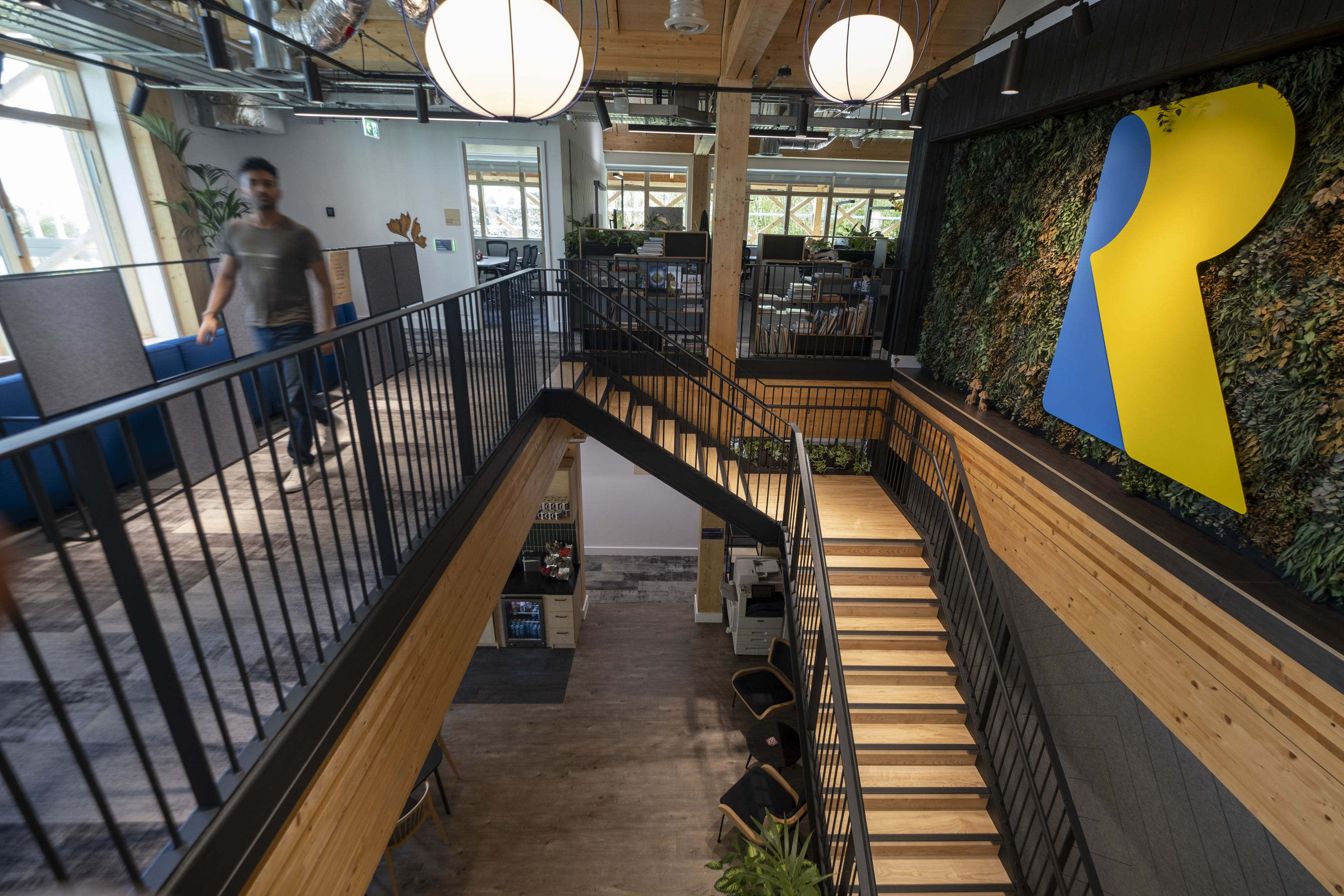
We spoke to studio head Craig Duncan and Sean Hogan, director of sustainability and research at RKD Architects, about the development of this new ultra-sustainable rural outpost. ‘We had to ask ourselves what the workplace of the future would look like,’ says Duncan, ‘especially since game development has changed so much.’ Hogan and his team have a long history of working with Microsoft, helping the American giant reduce the carbon footprint of its extensive global office portfolio.
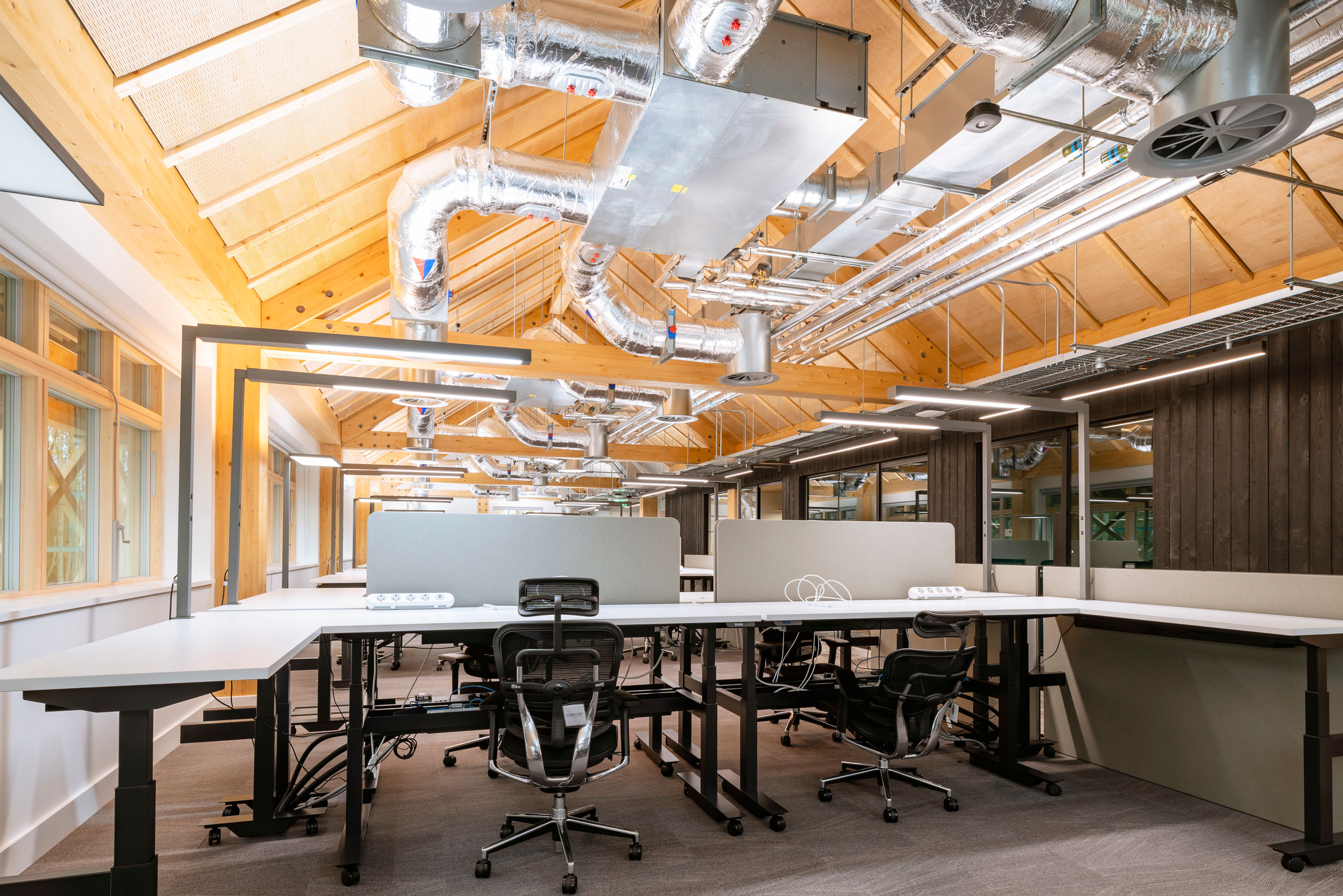
A creative campus is a good canvas for an alternative approach. The 1,200 square metre building was designed by RKD alongside London architecture firm LOM with input from Microsoft’s real estate team. Visually, Barn X evokes an agricultural aesthetic, along with a dose of Nordic influence. ‘We’ve focused heavily on natural materials, with timber cladding, clay tiles and clay bricks,’ says Hogan.
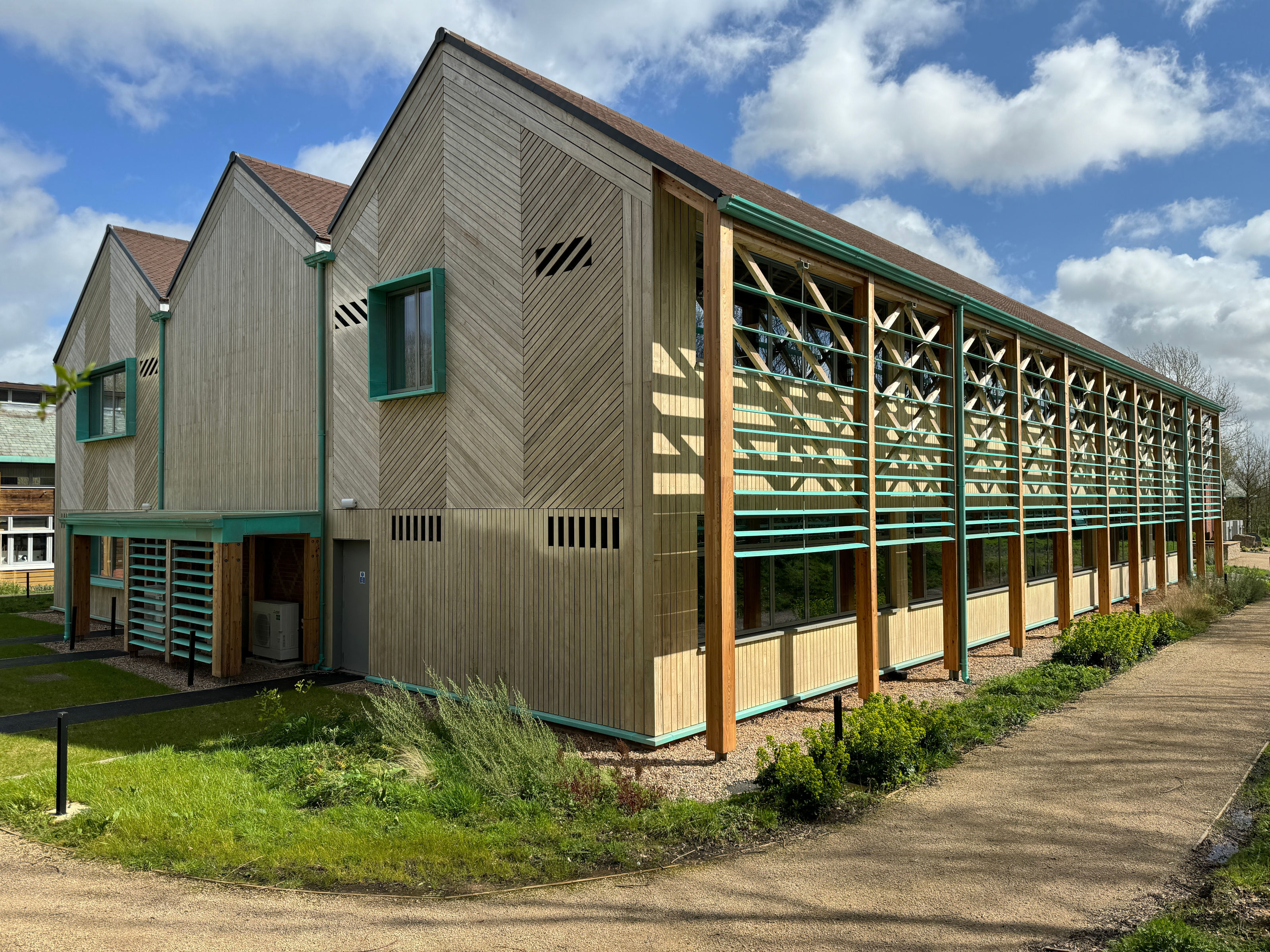
The structure uses mass timber, a form of engineered wood that replaces the structural steel frame as well as interior elements, with exterior cladding in long-lasting New Zealand Accoya hardwood. This has a life of around 60 years, matching the service life of the building itself (which has also been designed with an eye to deconstruction). The all-electric building gets a substantial amount of its energy from the 750 sq m of solar panels installed in a neighbouring field.
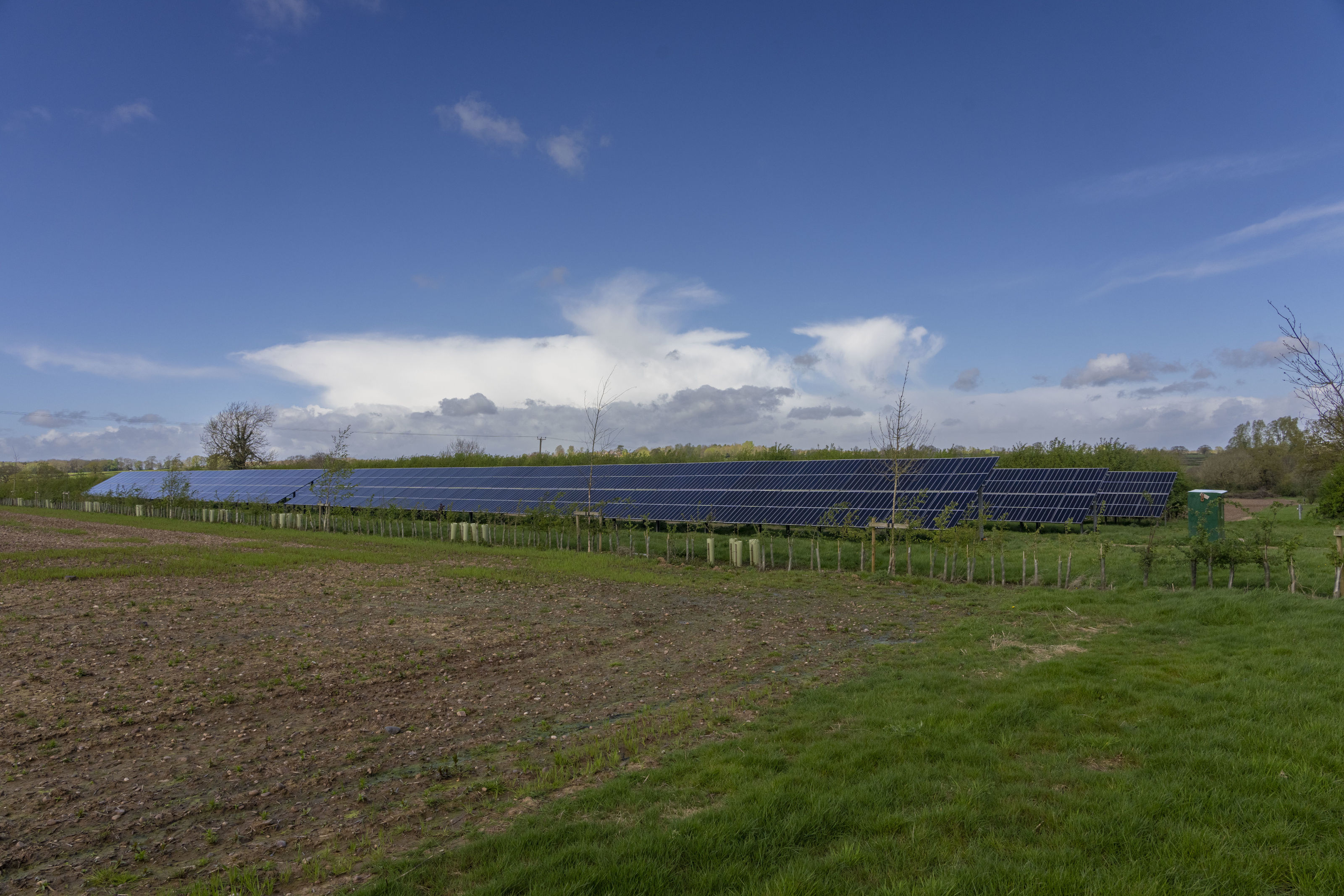
The interior layout is intended to be flexible as possible, arranged around a ‘pillar’ of meeting rooms. Natural light is maximised and every desk is ‘just a short walk from nature.’ Development is an energy-intensive business, and an onsite monitory system continuously tracks energy usage.
Around 85 people work in the new building, giving everyone a generous amount of space – probably more than you’d get in a conventional old school office. ‘It’s an optimum working environment,’ says Duncan. ‘We’ve put a lot of consideration into things like neurodiversity, for example, in the way we have varied and scaled the space.’
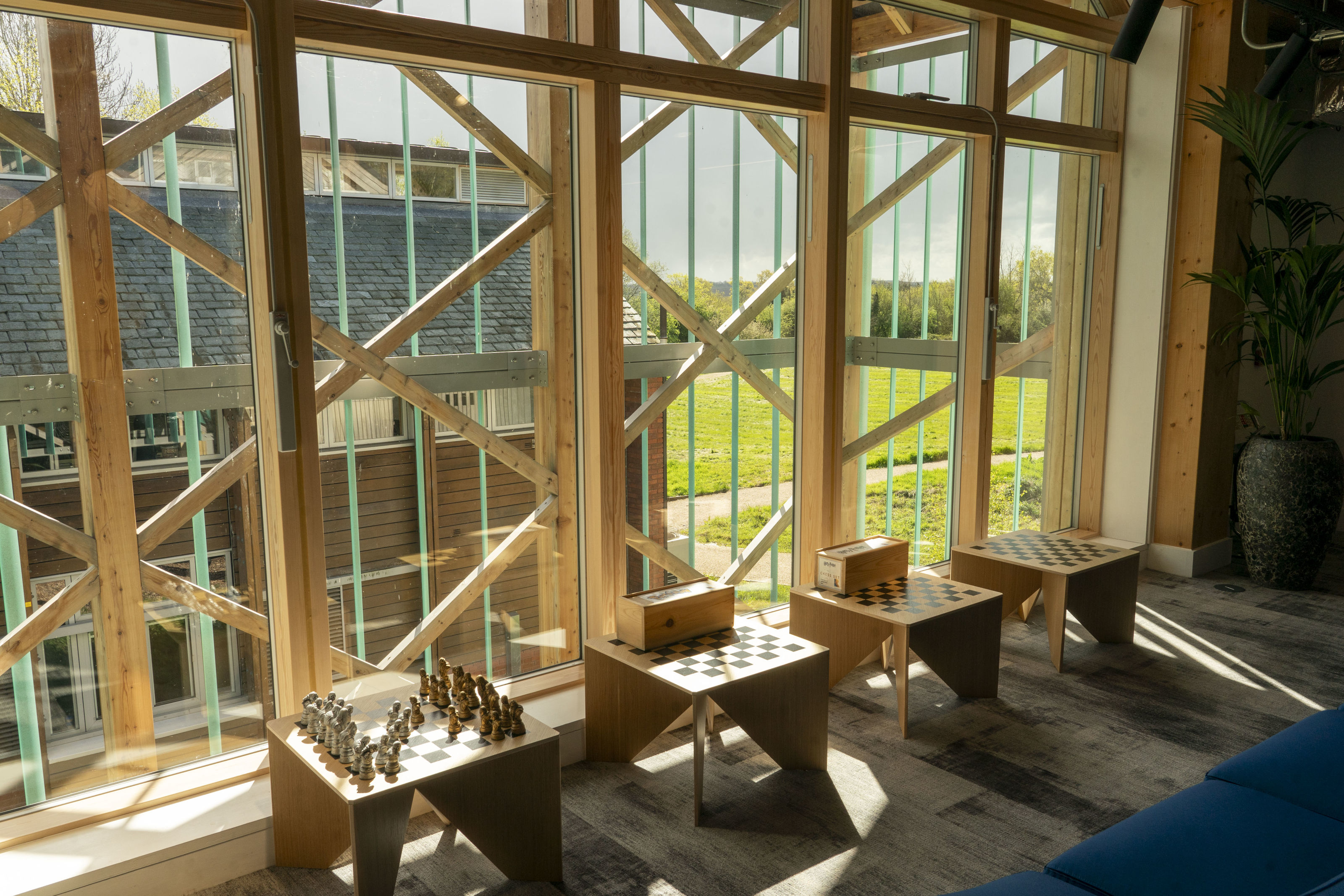
‘Making games is the forefront of creativity,’ Duncan concludes. ‘It combines art, design and technology. It’s at the cutting edge and it connects people all around the planet. Our challenge was how to make the best environment for work and collaboration. You have to enjoy the place you work in.’ For parent company Microsoft, Barn X is a small but high-profile step on the road to becoming carbon negative by 2030.







